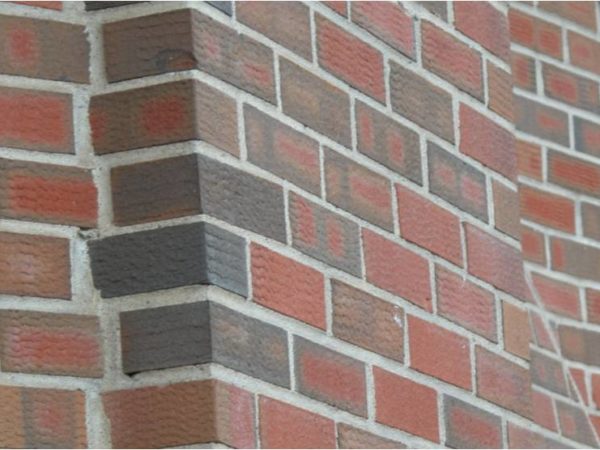 Mark Howard provides an early summary of the Future Homes Standard consultation, released 2 October.
Mark Howard provides an early summary of the Future Homes Standard consultation, released 2 October.

In a first step towards achieving the Future Homes Standard (FHS) announced by Philip Hammond earlier this year, MHCLG yesterday published a consultation on the uplift to standards in Part L and Part F of the building regulations that apply to new dwellings in England. A later consultation will consider how Part L and F may see similar changes that would apply to work carried out in existing homes, considering the numerous complexities of retrofit work.
This consultation marks the first step towards implementation of the 2025 Future Homes Standard (FHS), proposing to tighten the standards on energy efficiency and ventilation in new homes as of late 2020. This would also bring our Building Regulations in line with the recast EPBD which requires all new dwellings to be Nearly Zero-Energy (NZEB) by Jan 2021.
The consultation proposes achieving this via one of two options:
- Option 1: 20% reduction in carbon emissions compared to the current standard for an average home. This could be delivered by very high fabric standards (typically with triple glazing and minimal heat loss from walls, ceilings and roofs) in addition to waste-water heat recovery and use of a gas boiler.
- Option 2: 31% reduction in carbon emissions compared to the current standard. This could be delivered based on better fabric standards, though not as high as in option 1 (typically double not triple glazing). In addition this would likely feature waste-water heat recovery and use of a gas boiler and solar PV. This is the government’s preferred option.
This is intended to prime housebuilders and supply chains for the FHS, which will include not only higher standards for efficiency but also prevent the installation of fossil fuelled heating systems in homes built from 2025. An industry taskforce and technical working groups will feed into three years of further research into implementation of the FHS and building an evidence base for a consultation which would launch in 2024, with the intention of the standard coming into force from 2025 (see graphic courtesy of MHCLG).

Points of note taken from an initial read of the main consultation document are below.
- (2.23 – 2.28) The government is considering removing the ability for a Local Authority to set higher efficiency standards for homes – the proposed improvements would exceed the CfSH Level 4 (19% CO2 reduction) improvement that has been adopted by most Local Authorities making use of this option. The intention is to remove inconsistency in standards across the country. As noted in our partnership project for the Royal Town Planning Institute on Planning for Smart Energy, “restricting the ability of local planning authorities to set higher energy efficiency or zero carbon standards seems at odds with the overall direction of government policy on decarbonisation and localism.”
- (3.13) The government proposes to introduce a ‘Householder affordability rating’ into Part L, essentially to prevent developers installing direct electric heating which has a low capital cost but burdens the occupier with high running costs. This would not prevent use of direct electric heating where appropriate, but would require significant mitigating measures to reduce consumption to a level where costs are not burdensome. The affordability target has not yet been set.
- (3.13) In an effort to ensure energy efficiency is improved, a new ‘primary energy’ target is proposed in addition to the CO2.
- (3.40) Future proofing new homes that have a gas boiler installed between now and 2025 is proposed, with a proposal to require that radiator systems are sized to run at low temperature (<55°C), making them heat pump and heat network ready. They stop short of suggesting an ideal delta T or requiring balancing as part of commissioning (essential to efficient functioning).
- (3.53) New tables have also been added to SAP allow for the monthly variation of electricity, CO2 and primary energy factors. This is a constructive move, reflecting that, at present, the carbon burden of grid electricity varies across the year and is higher in the heating season, the concern here is that these tables will likely become rapidly outdated.
- (3.55) It is proposed that heat networks would receive favourable weighting in the Approved Documents, in order to encourage their adoption, as they can be decarbonised over time.
- Re-structuring of the Part L guidance from the current seven documents into two (dwellings, non-dwellings) is proposed, as part of a broader effort to simplify available guidance.
- (5.7) Concerns about current practices surrounding the sampling approach to air testing new developments, it is proposed that all new dwellings are air tested.
- (6.1) Various proposals are made to close the well documented ‘performance gap’ between calculated and as-built performance.
Our initial analysis is that the proposals are broadly positive, representing a significant step on the road to zero carbon homes – as set out in our report for the RTPI on Planning for a Smart Energy Future. As always, there is a lot of detail in the full suite of documents that will determine the actual impact of the proposals. Regen will be responding to this consultation, which closes on 10th January 2020.
We invite you to get in touch with Mark Howard with your feedback on the proposals.
